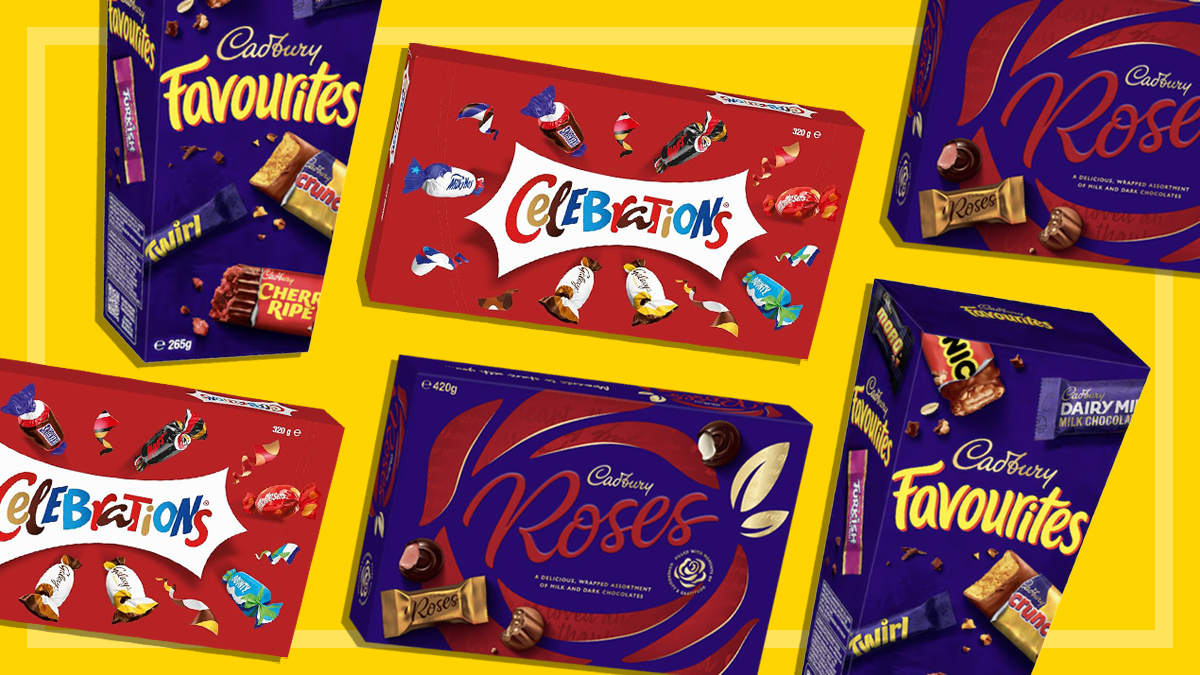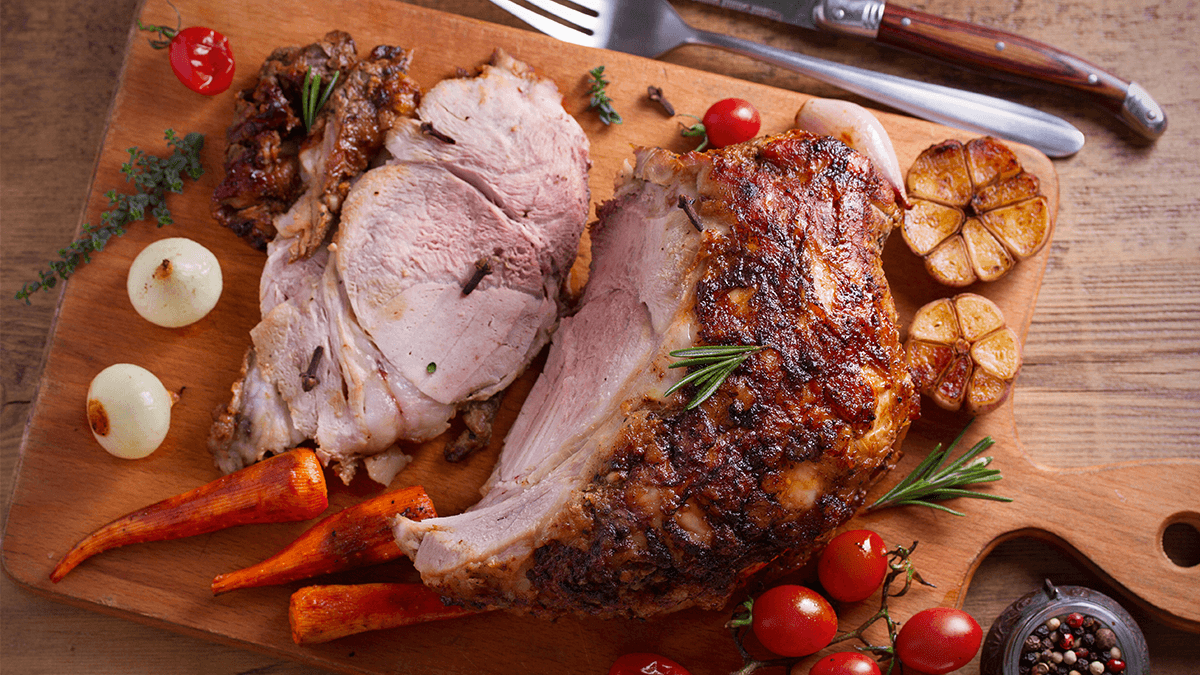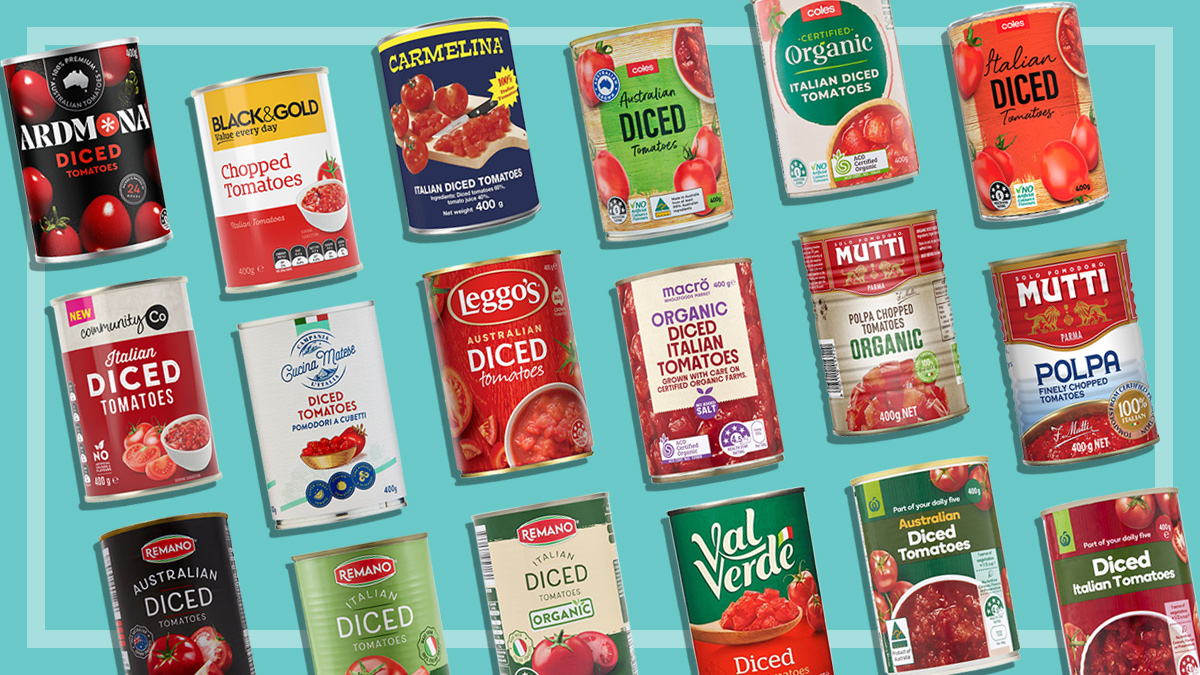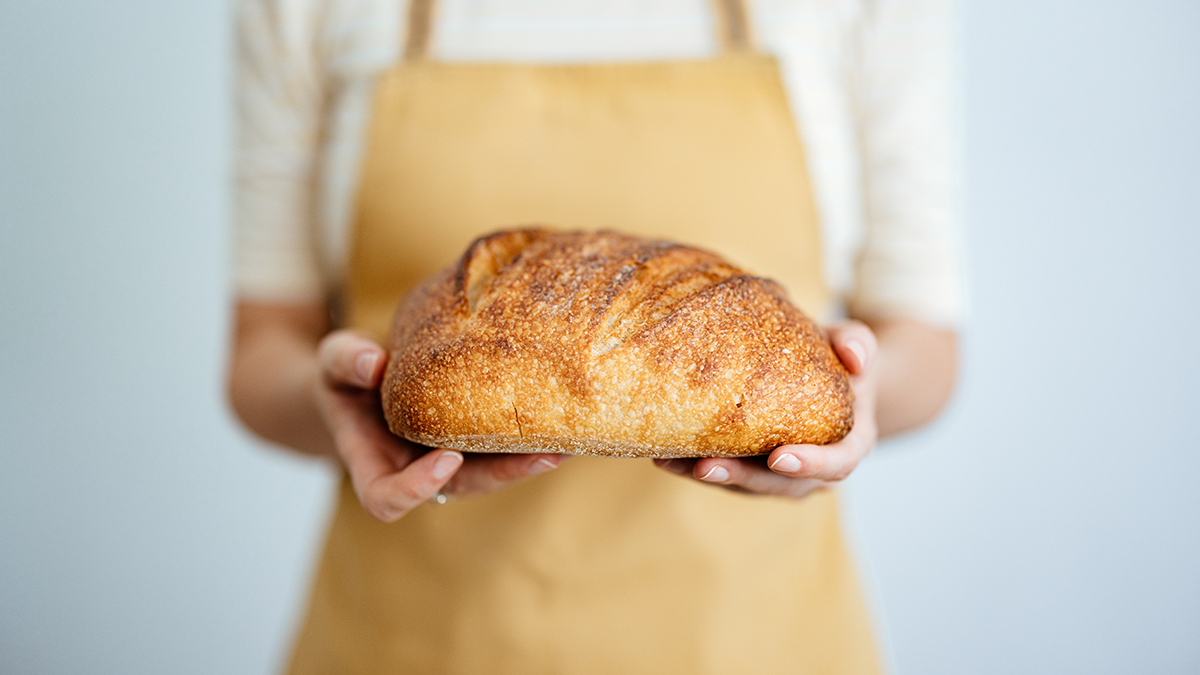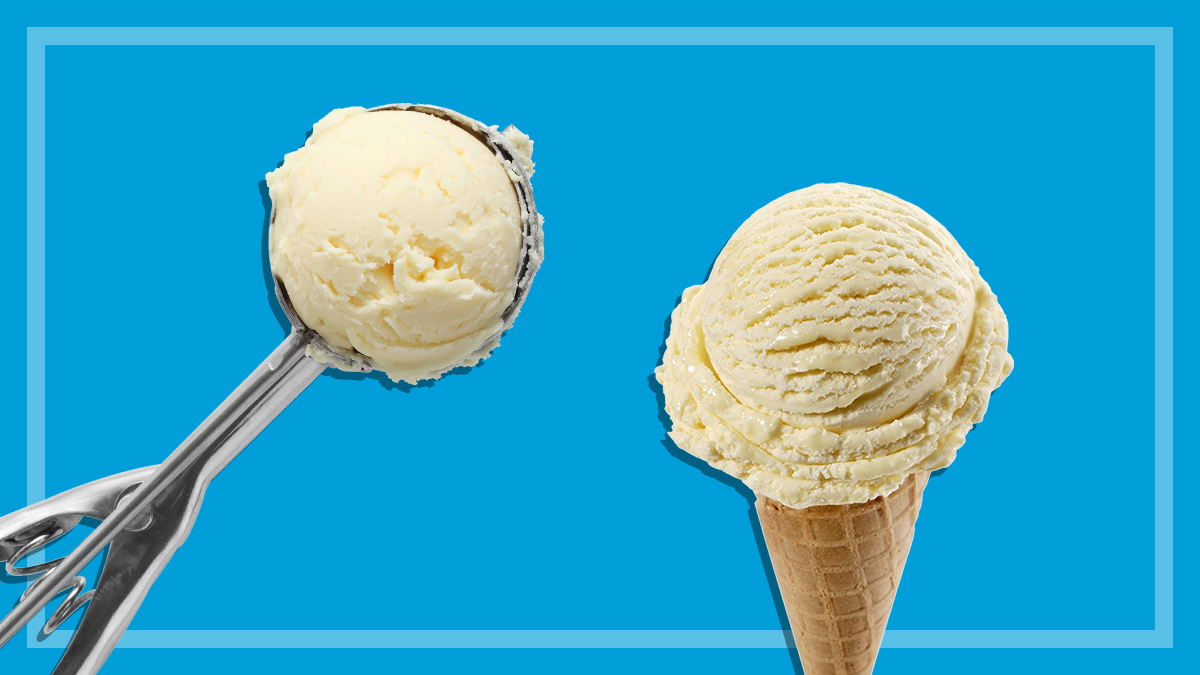Get our independent lab tests, expert reviews and honest advice.
Are buddha bowls and poke bowls healthy?

Known variously as grain bowls, macro bowls, hippie bowls, poke bowls, nourish bowls or power bowls, buddha bowls are the food fad du jour.
For those of us sick of slogging through uninspiring green salads in the name of health, these bowls are something of a treat: crunchy, zesty, filling and colourful, they’re a far cry from the salads of the past.
But just because an Instagram influencer recommends something, it doesn’t necessarily mean it’s good for you (we’re looking at you, HiSmile teeth whitening kits).
We take a look at buddha bowls to see whether they actually deliver on nutrition.
Are buddha bowls good for you?
CHOICE has been skeptical of many food fads in the past – from coconut oil to apple cider vinegar to keto diets – but this is one food fad that we can actually get behind. Every dietitian we spoke to gives buddha bowls the tick of approval.
This is one food fad that we can actually get behind
What is a buddha bowl?
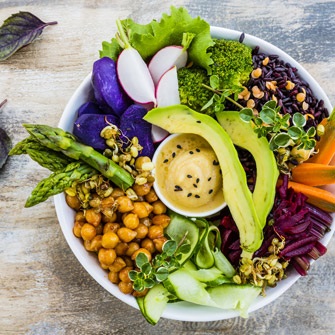
Think of buddha bowls as super-charged salads.
You can’t just plonk any old salad in a bowl and call it a buddha bowl, though.
What makes a buddha bowl a more balanced meal than a regular salad is that they contain a grain component (such as brown rice, quinoa or soba noodles) and protein (eggs, tofu or lean meat), plus a range of colourful vegetables.
What is a poke bowl?
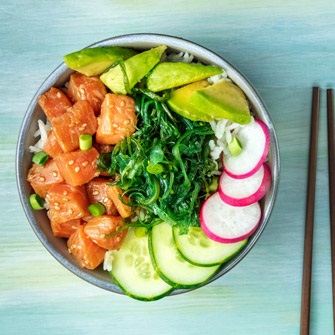
Poke bowls are a modern take on the traditional Hawaiian poke – raw fish served with sea salt, seaweed and candlenut.
It’s often served with warm sushi rice to make a more filling meal.
Modern versions incorporate a more diverse range of ingredients, including quinoa, zucchini ‘noodles’, chicken, tomatoes and Korean-inspired sauces.
(It’s pronounced poh-kay, not poky, in case you were wondering.)
Health benefits of the buddha bowl
Buddha bowls are making salad sexy again, says accredited practising dietitian Anna Debenham, co-founder of consultancy The Biting Truth.
The variety of colours, textures and flavours in buddha bowls makes them far more interesting than a plain old plate of green salad.
And anything that encourages people to eat more vegetables gets the dietitians’ tick of approval.
Buddha bowls are making salad sexy again
“95% of the population don’t eat the recommended five serves of vegetables per day, so this is a fun way of adding in your vegetables and enjoying a balanced, nutritious meal,” says Dr Nick Fuller of the University of Sydney, author of Interval Weight Loss for Life.
Buddha bowls are a great example of the ‘Healthy Eating Plate’ model developed at Harvard, Debenham adds.
Half the plate (or in this case, bowl) is made up of vegetables, a quarter carbohydrates and a quarter protein, making it a healthy, balanced meal.
How to make your buddha bowl as healthy as possible
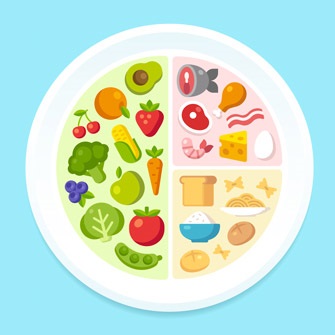
- Choose complex carbs like brown rice or quinoa, rather than white rice or vermicelli noodles.
- Include a wide variety of vegetables.
- Avoid creamy sauces and deep-fried toppings.
- Keep salty dressings like soy sauce to a minimum.
- Be mindful of the portion size.
Are frozen buddha bowls healthy?
You know a food trend is here to stay when it hits the supermarket – and the bowl trend is no exception.
Super Nature ‘wellness bowls’ are popping up in the freezer section of major supermarkets, with varieties such as Super Protein, Super Green, Super Wholegrain and the slightly-less-appealing Super Collagen – a wholemeal pasta dish with added bovine collagen peptides. Mmm.
Debenham says you’re always better off making a ‘wellness bowl’ at home where you can control the ingredients and portion size, as well as things like salt content.
For example, the Super Nature bowls contain 135 to 240mg of sodium per 100g, so you’ll need to factor that into your daily sodium intake.
However, while fresh is always best, frozen buddha bowls are far from the worst thing you can put in your body when you’re pressed for time.
Once a food is frozen, nutrients are locked in
“From a nutritional perspective, freezing is a good way to preserve the nutrient content of food. Once a food is frozen, the nutrients are locked in,” says Sharon Natoli, founding director of Food & Nutrition Australia.
“This means that frozen meals such as these can be a reasonably good option, depending on the quality of the produce and ingredients that go into them.”
Adds Debenham, “If you’re going to have a few of them in your freezer to save you from going and getting Thai up the road, that’s a much better option.”
How to make your own buddha bowl
Buddha bowls should contain a mix of vegetables, protein, carbohydrates, dressing/healthy fats and added extras.
You can tweak them to suit your tastes and what you have in the fridge – they’re the ultimate customisable meal.
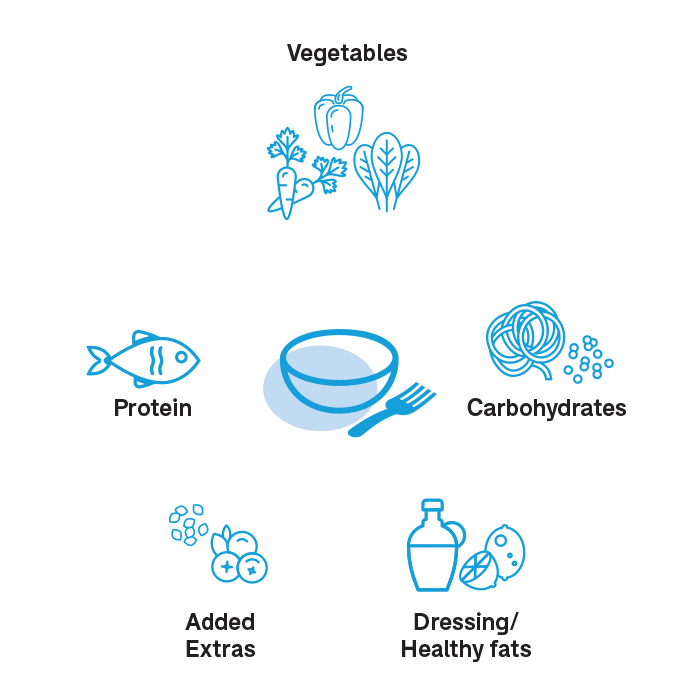
- Start with a base of half a cup of wholegrains or slow-release carbs. For example: brown rice, quinoa, soba noodles, farro, freekeh, pearl barley, teff, millet, buckwheat, wild rice.
Add a variety of vegetables with different flavours, textures and colours. For example: kale, carrot, beetroot, sweet potato, cucumber, mushrooms, broccoli, asparagus, herbs and spices.
- Pick a protein to help keep you full. For example: boiled eggs, canned tuna, tofu, tempeh, chickpeas, lentils, raw sashimi-grade fish, smoked or cooked fish, grilled or poached chicken, barbecued beef, grilled prawns
- Add a delicious dressing to bring it all together. Use good fats: extra virgin olive oil, tahini, avocado, flaxseed oil. Add a bit of zing: lemon juice, lime juice, balsamic vinegar, rice wine vinegar, apple cider vinegar,
- Crunchy extras. A variety of flavours and textures will make your bowl more interesting (and delicious). For example: nuts, seeds, dried seaweed, shallots, edamame beans, pomegranate arils, blueberries, grapes, apple, pear, dry-toasting the nuts and seeds can add additional flavour. You can also add some extra zing with fermented vegetables like sauerkraut and kimchi. Not only do they provide some extra flavour, they also contain plenty of probiotics that can help your gut health.
Prepare for success
Preparation is key to set yourself up for success.
Getting organised over the weekend will mean you’re less likely to end up buying a burger or other unhealthy takeaway during the week.
These time-saving tips will help you put your buddha bowl together more quickly.
- Prepare and cook ingredients ahead of time.
- Use microwavable brown rice or quinoa packets.
- Freeze rice in batches so you can defrost as needed.
- Buy pre-shredded packets of salad or coleslaw.
- Keep tinned lentils, chickpeas or other legumes in the cupboard.
- Boil some eggs in advance and keep them in the fridge.
- Roast vegetables ahead of time and store in an airtight container in the fridge.
- Keep a range of nuts, seeds, pickles and fermented foods on hand to liven up your bowl.

